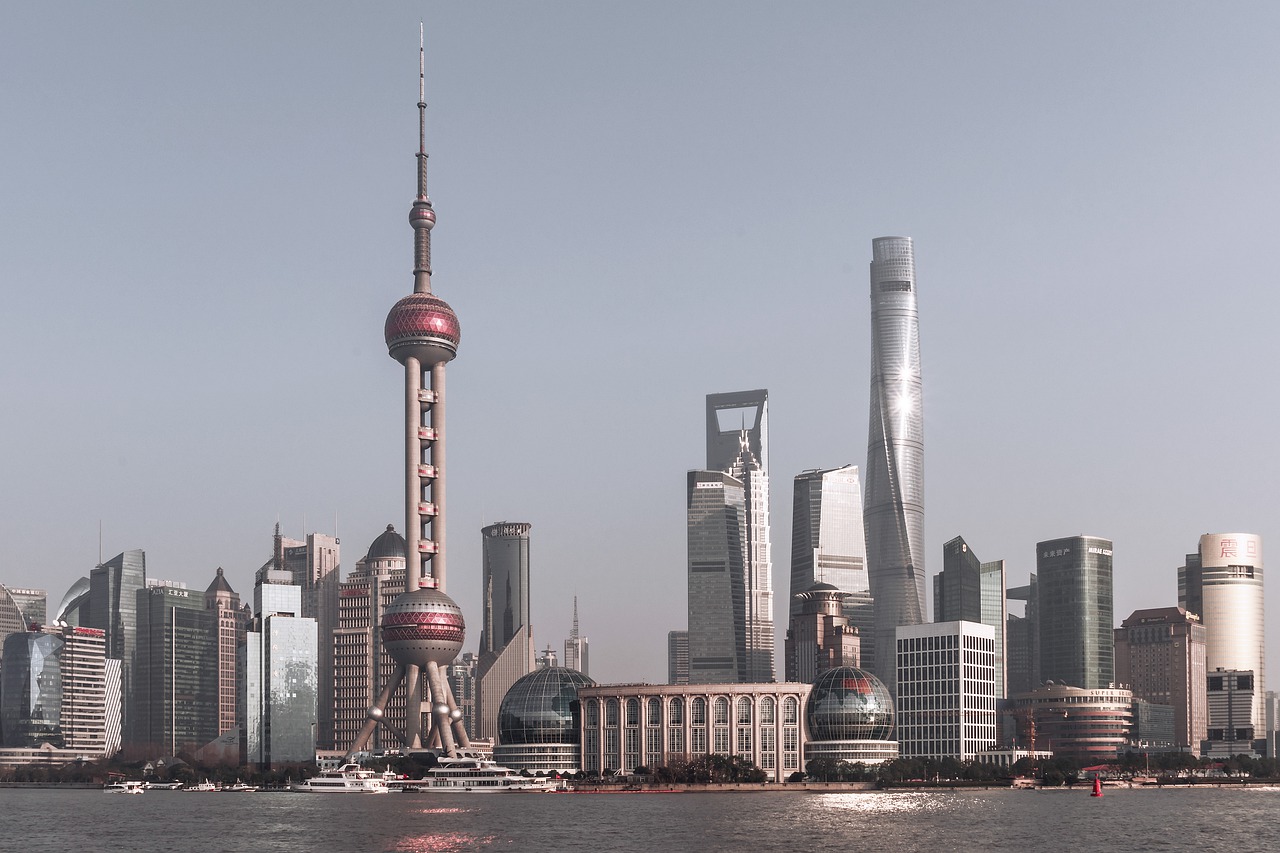
How is China’s development model perceived in Central and Eastern European (CEE) countries? The question is neither arbitrary nor an academic time-killer. It is the topic of a battery of studies and a 2017 survey sponsored by the China-CEE Institute, a think-tank set up in Budapest by the Chinese Academy for Social Sciences (CASS).
Acknowledgement of China’s Achievements
A common theme running through the vast majority of these publications relates to China’s weight in the global economy, thanks to its spectacular two-digit growth for a long time. The radical transformation of the Asian giant over the last four decades is universally acknowledged by CEE interlocutors. Thus, an average of 59% of the respondents in the afore-mentioned survey found China’s growth rate ‘fast’ and ‘very fast’, despite the ongoing slowdown in the country’s economy.
However, while the scope of the studies in question is conspicuously narrow and presumably anticipating positive responses, there are some less encouraging findings. Praise for China’s accomplishments does not necessarily translate into appreciation of its development model. One of the main achievements of China, its high growth rates, is gradually fading away. In 2012, when the 16+1 format (17+1 since April 2019, after the accession of Greece) was established with considerable fanfare and great expectations, China’s growth rate was no longer a double-digit one, but still stood at an impressive 7.9%. Since then, it has slipped downwards to some 6% and is bound to fall below this psychological bar very soon. On the contrary, the 16 CEE countries have been doing rather nicely, clearly outperforming Western Europe: last year, they registered growth rates between 2.6% (Croatia) and 5.1% (Poland).
Therefore, the pace of China’s development no longer arouses the imagination of CEE stakeholders. Even more importantly than that, CEE policy-makers and citizens are well aware of China’s teething socio-economic problems and middle-income ranking in per capita terms. Despite its technological prowess, it still retains an ambiguous hybrid status of an advanced and developing economy at the same time. The fact that some CEE leaders demonstratively praise China can be attributed to politicking and arm-twisting with Brussels.
The True Story Behind 16+1 (17+1)
In fact, CEE countries’ rationale behind acceding to the 16+1 format did not relate to China’s development model, but to expectations of increased investment capital flows into the region and improved access to the huge Chinese market. However, this has not been the case in the majority of CEE countries. On the contrary, evidence shows that the CEE region has received a relatively small proportion of Chinese investment in the EU and its trade deficit with China has grown. With the exception of some Western Balkan countries, cooperation between Beijing and the CEE region has been slow and ineffective. As a result, there have been clear signs of disenchantment in Central and Eastern Europe. Tellingly, Poland, one of the 16+1 initiators and the largest country in the region, has clearly been distancing itself from the format.
Beijing’s rhetoric has always prioritized China’s emblematic Belt and Road Initiative (BRI) as a centerpiece in the country’s foreign policy and its global appeal. CEE countries were quick to embrace the BRI megaproject after it was launched in 2013, but their attitude is quite different now. This is reflected in the response to another interesting question raised in the 2017 survey for the China-CEE Institute, which relates to the possible BRI impact on the region five years down the road. The average response is a lukewarm +13 (on a scale between -100 and +100), i.e. slightly more positive than negative. Serbia stood out with the most positive views (+31), whereas Estonians were the most negatively disposed CEE nation, at -5.
Is China’s Development Model Relevant to CEE?
Given the above considerations, the most meaningful question would not be whether China’s development model appeals to CEE nations. What one may have to ask instead is: even if China’s development model were attractive, just how feasible would it be in this part of the world? And the answer is negative for several important reasons.
To begin with, China’s two-digit growth over the last decades is simply unattainable in CEE – if anything, because a fundamental factor behind China’s boom, such as abundant and cheap labour, is not available in the region. Secondly, with the exception of Western Balkan countries, EU member states in the CEE region certainly cannot emulate China’s practice of awarding direct contracts and providing massive subsidies to state-owned enterprises. None of the CEE governments can bypass stringent competition rules deriving from one of the few binding EU-wide policies. The saga of the much-trumpeted railway track project between Serbia and Hungary has taught both Budapest and Beijing that the Chinese way of doing business won’t fly on EU soil. Indeed, the lack of transparency and state subsidies, alongside dumping, are among the friction points between Beijing and western capitals, and a key reason why China was denied a market-economy status in 2016.
Thirdly, the notorious neglect of the environmental impact of rapid economic growth in China for many years on end cannot be emulated in the majority of CEE countries, particularly in those which are EU member states. The EU’s environmental standards, e.g. on a low-carbon economy, are set by yet another of the few binding policies of the Union. Beijing’s commitment to combating climate change is commendable, but at the same time China is disingenuously exporting its heavily polluting rust-belt industries abroad, as highlighted in a recent report by the European Commission. Two coal-fired power plants in Bosnia recently constructed by Chinese companies are a case in point.
Last but not least, China’s development model is about more than just rapid growth – its command economy is intrinsically linked to the country’s form of governance, which matters a lot in Europe. Although illiberal democracy is on the rise in the CEE region, it’s a world away from the firm grip of the Chinese Communist Party on power. Exactly thirty years ago, east Europeans rejoiced in the fall of communism, while at the same time watching scenes from Tiananmen Square in Beijing. Memories of the Lennon Wall in Prague or the Baltic Way human chain are very much alive and explain CEE citizens’ empathy with protesters in Hong Kong. Spats with PRC embassies in Estonia and Lithuania are more than just sparks – they also point to the profound political differences between the CEE region and China. The mood in Poland and the Czech Republic has also soured quite a bit lately.
Wrong Question
So, why ask such an irrelevant question? A somewhat plausible explanation for this misconceived exercise could be that Beijing is keen on ensuring a degree of acceptance, if not admiration, in the region. However, with the exception of Serbia which has attracted considerable amounts of Chinese capital and is turning into Beijing’s bedfellow in the region, China’s image in most other CEE countries has been deteriorating. Therefore, Chinese policy-makers may have to spend some extra time trying to grasp the fundamental features of the region and the expectations of their CEE interlocutors.
Written by
Plamen Tonchev
TonchevPlamenPlamen Tonchev is Head of Asia Unit at the Athens-based Institute of International Economic Relations and European China Policy Fellow at MERICS, Berlin.


